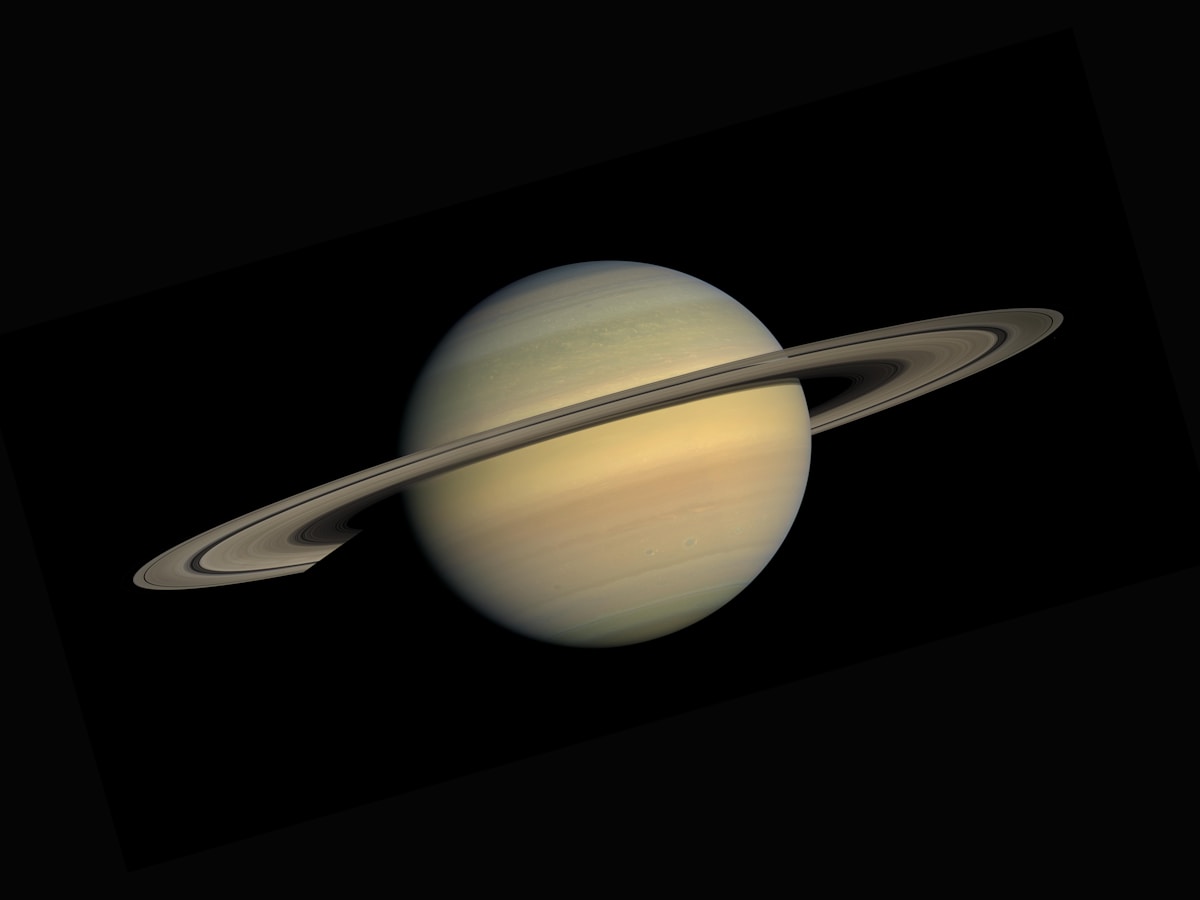BattleGroupVR2 from solo developer KommanderKen at SpaceOwl Games lets you command massive space fleets in real-time VR while standing on the bridge of your flagship. With open-world exploration, mining, trading, and conquest modes, the Q4 2025 sequel expands everything that made the 2022 original special. The free demo launched September 12 on Steam for PCVR and Quest users, giving space strategy fans their first taste of what commanding a fleet from a captain’s chair actually feels like.
- The Bridge Perspective Changes Everything
- What Makes BattleGroupVR2 Different From the Original
- Multiple Game Modes Serve Different Playstyles
- Ship Variety and Fleet Composition
- Captain Recruitment Adds Strategic Depth
- The Demo Experience and Community Reception
- Technical Requirements and Platform Support
- The Solo Developer Journey
- Standing Out in the VR Strategy Space
- FAQs About BattleGroupVR2
- Conclusion
The Bridge Perspective Changes Everything
Most real-time strategy games put you in a god’s eye view, clicking units from above like an omniscient observer. BattleGroupVR flipped this formula by placing you physically on the bridge of your flagship, surrounded by holographic tactical displays while looking out viewports at the actual battle unfolding in space above you. This first-person perspective transforms strategic decision-making from abstract number crunching into immersive command experiences where you feel the weight of every order.
Ken, the sole developer behind the project, created the first BattleGroupVR in 2022 specifically because he envisioned a space RTS where players command fleets from the bridge instead of distant perspectives. Thanks to community support, that vision became reality. Now the sequel doubles down on this concept while adding the open-world elements, resource management, and fleet customization that fans requested.
The demo showcases how this perspective creates unique gameplay moments. You issue movement orders through holographic displays showing tactical overviews of ship positions, then look up through the bridge windows to watch your corvettes zip between capital ships while cruisers unleash devastating laser barrages. You can even leave your flagship temporarily to get an external view of the entire battlefield, then snap back to the captain’s chair when you need precise tactical control.
What Makes BattleGroupVR2 Different From the Original
The first BattleGroupVR focused on scenario-based missions where you commanded pre-set fleets through specific tactical challenges. Win conditions required fulfilling objectives rather than just destroying everything. This created strategic variety where different missions demanded different approaches, but it lacked the long-term progression and empire-building that define many space strategy games.
BattleGroupVR2 addresses this by adding an open-world campaign featuring procedurally generated sectors. You navigate the galaxy sector by sector, docking at space stations to trade resources, recruit captains, purchase ships, and equip your fleet with new weapons and support systems. This persistent progression creates stakes beyond individual battles. Your fleet grows and evolves based on the choices you make across multiple missions.
Resource gathering through asteroid mining and trading sustains fleet expansion. You cannot just spam the strongest ships repeatedly. You need to manage your economy, make strategic purchases, and sometimes accept missions you would rather avoid because you need the credits. This economic layer transforms BattleGroupVR2 from a tactical combat game into something closer to Mount & Blade in space, where fleet building and resource management matter as much as battlefield tactics.
Multiple Game Modes Serve Different Playstyles
Beyond the open-world campaign, BattleGroupVR2 includes Combat Gauntlet, an endurance challenge where you face increasingly difficult waves of enemies. This mode tests your tactical mastery without the economic considerations of the campaign. Survive as long as possible, optimize your strategies, and compete for high scores or personal bests. It is pure combat distilled down to its most challenging form.
Conquest Mode adds territorial control elements where you expand your influence while battling rival fleets. The mode supports asynchronous multiplayer, meaning your territorial gains and losses can interact with other players without requiring simultaneous online sessions. This creates a persistent competitive layer for players who want PvP elements without the time commitment of live multiplayer battles.
Co-op and player-versus-player modes are planned for future updates, allowing friends to command fleets together or face off in tactical showdowns. These additions will expand the game’s longevity significantly for players who prefer social experiences over solo campaigns. The developer actively engages with the community through Discord, gathering feedback about which multiplayer features should take priority during post-launch development.
Ship Variety and Fleet Composition
Fleet composition plays a crucial role in BattleGroupVR2’s tactical depth. Nimble corvettes zip around the battlefield quickly, perfect for flanking maneuvers and harassing enemy capital ships. Cruisers pack heavy laser weapons that deal devastating damage but move slowly and lack the agility to avoid concentrated fire. Battleships serve as the backbone of any major fleet, tanking damage while unleashing overwhelming firepower that can turn battles single-handedly.
Each ship class fills specific tactical roles, and effective fleets balance these roles rather than spamming a single unit type. Corvettes without cruiser support get shredded by enemy capital ships. Battleships without corvette screens become vulnerable to enemy fighters that exploit their poor maneuverability. Learning which combinations work against different enemy compositions forms the strategic core that separates competent commanders from elite tacticians.
Customization extends beyond just selecting ship types. You equip vessels with weapons, shields, and support systems that modify their capabilities. Some builds prioritize offense with maximum firepower at the expense of defense. Others create tanky support ships that shield allies while drawing enemy fire. The variety enables personal playstyle expression where two players commanding similar fleets might execute completely different strategies based on their equipment choices.
Captain Recruitment Adds Strategic Depth
Captains serve as another customization layer that affects fleet performance. Each captain brings unique tactical expertise that influences how their assigned ship performs in battle. Some excel at defensive positioning, others specialize in aggressive flanking maneuvers, and a few provide support bonuses that buff nearby allied vessels. Recruiting the right captains for your preferred strategy becomes as important as purchasing the right ships.
This system creates interesting decisions during campaign progression. Do you spend limited credits on a new battleship or invest in a legendary captain who can turn your existing cruiser into a battlefield terror? Do you build a balanced fleet with competent generalist captains, or do you create specialized task forces led by experts in specific combat roles? These choices shape how your fleet develops and what tactical options become available.
Training captains presumably improves their abilities over time, creating long-term investment value. Losing a veteran captain in battle hurts not just because you need to recruit a replacement but because you lost accumulated experience and tactical improvements. This creates meaningful stakes where individual ships and their commanders become characters in your ongoing campaign story rather than disposable units.
Space Stations and Trading
Space stations function as hubs where the strategic layer happens between tactical battles. Docking at stations lets you trade resources, purchase new ships, hire captains, and equip your fleet with upgraded systems. Each station presumably offers different inventory based on its location and faction alignment, encouraging exploration to find the best deals or rare equipment.
The trading economy creates non-combat gameplay loops for players who want to focus on merchant activities. Mine asteroids, haul cargo between stations, and build wealth through commercial ventures before investing profits into military expansion. This economic playstyle might not appeal to pure combat fans, but it provides strategic variety and pacing breaks between intense fleet battles.
The Demo Experience and Community Reception
The free demo launched September 12, 2025 on Steam for PCVR headsets including Quest via link cable. A native Meta Quest version will follow once porting is complete. The demo includes tutorial missions that teach core mechanics, a selection of scenario battles showcasing different tactical challenges, and enough content to determine whether the full game appeals to you before committing money.
Early player reception has been overwhelmingly positive. VR strategy fans appreciate finally getting a true RTS experience designed from the ground up for virtual reality rather than flat-screen games awkwardly adapted. The bridge perspective receives particular praise for creating immersion that traditional strategy games cannot match. Watching your orders execute in real-time while standing in the middle of a space battle creates memorable moments that stick with players.
Common feedback mentions wanting more ship types, additional customization options, and expanded multiplayer features. Ken actively responds to community input through the Discord server, treating player suggestions as valuable development guidance. This collaborative approach characterizes solo indie developers who view early adopters as partners shaping the final product rather than just customers waiting for delivery.
Technical Requirements and Platform Support
BattleGroupVR2 requires a VR headset capable of running SteamVR applications. Minimum specs include Windows 10, Intel Core i5 or equivalent processor, 8GB RAM, and NVIDIA GTX 970 or equivalent graphics card. These requirements put it within reach of most modern gaming PCs, though performance obviously improves with better hardware given the complexity of rendering multiple capital ships simultaneously during large fleet battles.
Quest 2, Quest 3, and Quest 3S users can play via Steam Link or dedicated link cables connecting their headsets to gaming PCs. The standalone Quest version coming later will presumably have visual compromises compared to high-end PCVR but will offer portability and convenience for players who prefer standalone VR experiences without PC tethers.
Cross-buy between Steam and Meta Quest has not been confirmed. Players planning to use both platforms should wait for official clarification before purchasing to avoid buying the game twice. The developer will likely address this question as the Q4 2025 release approaches.
The Solo Developer Journey
KommanderKen developed both BattleGroupVR games entirely solo, handling programming, design, art direction, and community management personally. This represents a massive undertaking given the complexity of real-time strategy AI, VR optimization, economic systems, and multiplayer infrastructure. The fact that he shipped a successful first game and now delivers an even more ambitious sequel demonstrates serious technical skill and project management discipline.
Solo development offers creative advantages. No committee design diluting vision. No publisher pressure to add microtransactions or live service elements. Just one person building exactly the game they envision without compromise. However, it also means slower development cycles, limited marketing reach, and the constant risk of burnout when you are responsible for every aspect of production.
The Q4 2025 release window gives Ken roughly 1-2 months from now to finalize features, squash bugs, and polish the experience based on demo feedback. Whether this timeline holds depends on how many critical issues emerge during public testing. Solo developers often push release dates to ensure quality over hitting arbitrary launch windows, which benefits players even if it tests patience.
Standing Out in the VR Strategy Space
VR strategy games remain relatively rare compared to action titles, making BattleGroupVR2 a significant entry in an underserved niche. Games like Brass Tactics provided tactical combat, while Twilight Path offered 4X empire building, but few VR strategy games successfully combine real-time fleet combat with persistent economic progression and open-world exploration at the scale BattleGroupVR2 attempts.
The bridge perspective is the killer feature that separates this from flat-screen space strategy games. You could play Stellaris or Sins of a Solar Empire for grand strategy in space, but neither puts you physically on a starship bridge issuing orders while watching battles unfold through your viewports. This immersive element justifies the VR platform requirement and creates experiences impossible to replicate on traditional monitors.
FAQs About BattleGroupVR2
When will BattleGroupVR2 be fully released?
BattleGroupVR2 is targeting Q4 2025 for full release, meaning sometime between October and December 2025. A free demo launched September 12, 2025 on Steam for PCVR headsets, with a native Meta Quest version coming later.
Do I need to play the first BattleGroupVR to understand the sequel?
No. While playing the original provides familiarity with core mechanics, BattleGroupVR2 is designed as a standalone experience with its own tutorial system and campaign. The sequel significantly expands features beyond the original, making it accessible to newcomers.
What VR headsets are supported?
BattleGroupVR2 supports PCVR headsets through SteamVR, including Valve Index, HTC Vive, and Meta Quest 2/3/3S via link cable. A standalone native Meta Quest version is planned for release alongside or shortly after the PCVR launch.
Is BattleGroupVR2 multiplayer or single-player?
The game features single-player campaign, Combat Gauntlet, and Conquest modes at launch. Co-op and player-versus-player multiplayer are planned for future updates. Conquest mode includes asynchronous multiplayer elements where your territorial control interacts with other players.
How long does the campaign take to complete?
Campaign length has not been officially disclosed. Given the open-world structure with procedurally generated sectors, mining, trading, and fleet building, playtime will vary significantly based on playstyle. Expect dozens of hours for completionist approaches.
Can I play sitting down or do I need to stand?
BattleGroupVR2 is designed to be playable both seated and standing. The bridge perspective works comfortably from a chair, making it accessible for extended play sessions without physical fatigue.
Who is developing BattleGroupVR2?
BattleGroupVR2 is developed entirely by solo developer KommanderKen under the studio name SpaceOwl Games. He handles all programming, design, art, and community management personally.
How much will BattleGroupVR2 cost?
Pricing has not been announced. The original BattleGroupVR launched at around 20-25 dollars. The sequel’s expanded scope suggests similar or slightly higher pricing, though this is speculation until official announcement.
Conclusion
BattleGroupVR2 represents the culmination of one developer’s vision to bring true real-time strategy experiences to virtual reality through the immersive bridge command perspective. By adding open-world exploration, persistent fleet progression, resource management, and multiple game modes, the sequel expands beyond the scenario-based original into something resembling a full space empire simulator. The Q4 2025 release positions it perfectly for the holiday season when VR hardware sales traditionally spike, potentially bringing space strategy fans into virtual reality for the first time. Whether commanding fleets appeals enough to justify VR hardware investment depends on individual preferences, but for existing VR owners who love strategy games, BattleGroupVR2 offers an experience unavailable anywhere else. Download the free demo, stand on your flagship bridge, order your corvettes to flank while cruisers provide covering fire, and discover whether you have what it takes to conquer the galaxy one sector at a time. Just remember that when you lose a veteran captain and their battleship to poor tactical decisions, you will feel that loss in ways flat-screen strategy games never quite capture.



